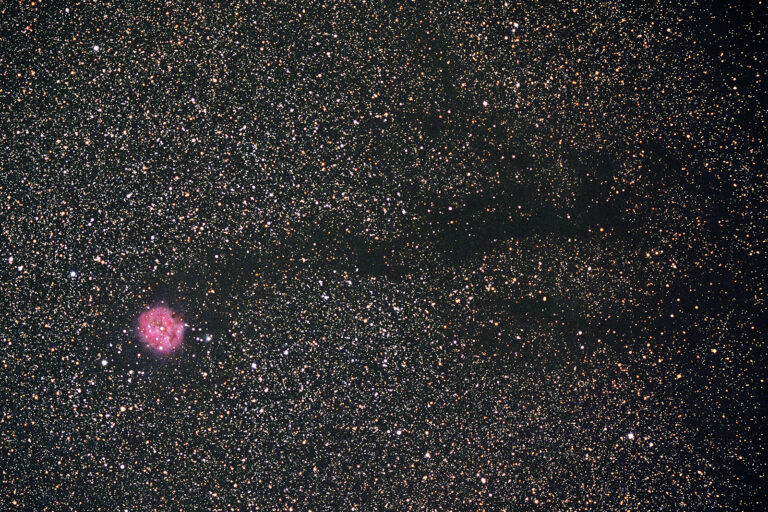
Key Takeaways:
Before you set your telescope up next time, read through the four following items. I hope one or more of them will help you get more from your session.
Finding the Sun
You’ve placed your solar filter on the front of your telescope and want to point it at the Sun, but you’re not certain how to get the Sun in the field of view. You also don’t have one of those tiny “Sun finders,” which can be a real help (hint!). Long ago, I learned to use the “smallest shadow” method. Insert your longest focal length eyepiece (so you have the widest field of view), then loosen the locks on your drive and move your telescope by hand until the shadow of the tube is smallest on the ground. If the Sun isn’t in the field of view at that point, usually a small movement of the tube will find it.
Dramamine and caffeine
One of Dramamine’s side effects is to reduce scotopic (low-light) visual acuity. And caffeine is a real faint-limit killer. It has little effect on the visibility of objects well above the threshold of your vision, but one can of a caffeinated soft drink seems to detract 0.3-0.5 magnitude (telescopic stellar magnitude) for the average observer. Caffeine is the one to watch out for, because more people are going to have caffeine at an observing session than Dramamine.
Field fractions
To estimate an object’s size in your eyepiece’s field of view, try using field-fractions. However, don’t simply estimate by eye the relative fraction of the field of view covered by an object, but instead actually move the telescope in steps. Start with one edge of the object at the edge of the field of view, then move the telescope successive object-diameters until you get at least halfway across the field.
Now that most people use wide-apparent-field eyepieces, some observers have found that the fraction estimated by simple inspection was systematically larger than doing the spanning bit. The cluster looks about one-quarter of the field diameter, but when you actually do the stepping across, it turns out to be only one-sixth or one-seventh of the diameter. You’ll probably notice this when you first move the object to the edge. It’ll be one of those “oh, this is really quite small” reactions.
Battery life
If you have a choice between plugging your computer or other accessory into an AC inverter or using 12-volt DC, going with straight DC will help prolong battery life. It could be considerable depending on the efficiency of your inverter and AC/DC converter. Also, consider taking the internal battery out of your laptop when you’re running it on an external battery. No need to keep that battery charging. Another tip: Use the power-saver features of your laptop. Shut down the display backlight after a few minutes and the hard disk after a few more. Also, some laptops have a lower-power CPU setting that slows the processor down a few steps. True, your applications will run a bit slower, but your computer will use less power. Every little bit helps.








